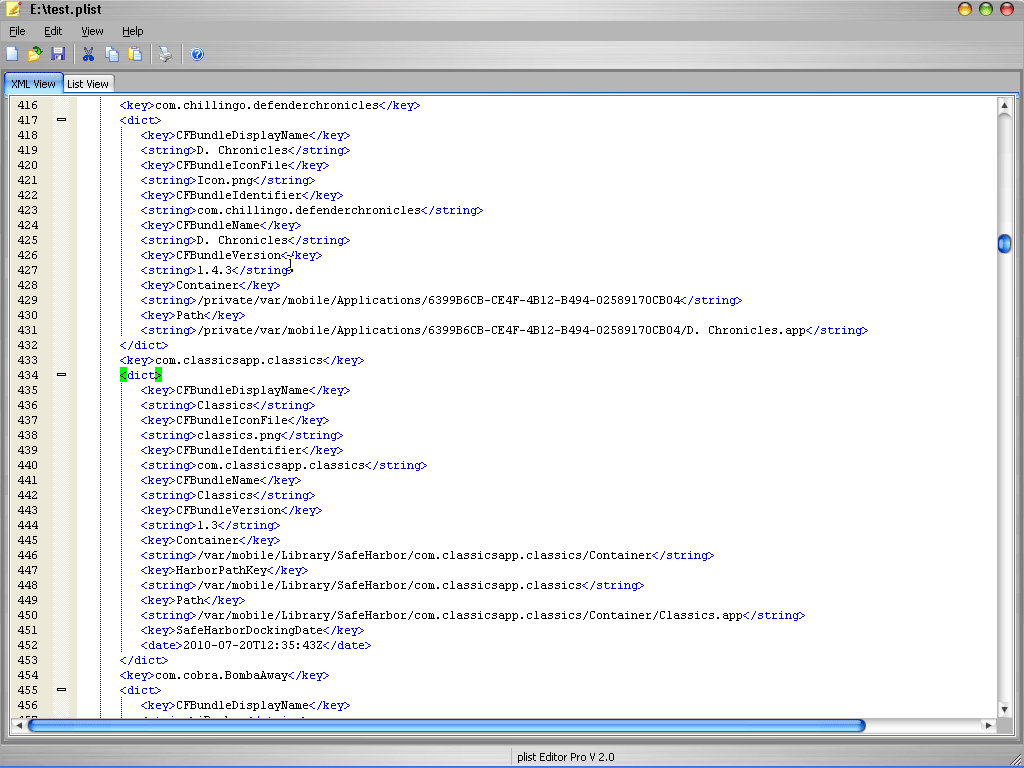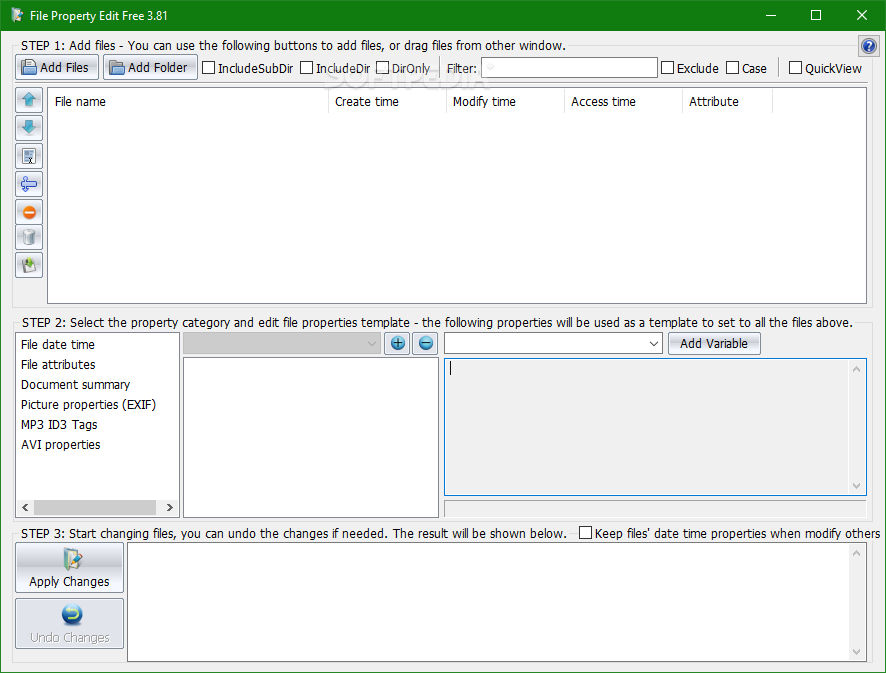

Hidden: if active, sets the property as hidden, meaning that it will only be displayed in the property editor if Show all is active.Expression.: brings up the formula editor, which allows using expressions in the property value.

Add Property: adds a dynamic property to the object this works with both C++ defined objects, and Python scripted objects.Show all: deactivates the Show all command, hiding the additional Data and View properties.When the Show all option is active, and one property is selected, more actions are available with a second right click: Data: "Proxy", "Label2", "Expression Engine", and "Visibility".Show all: if active, in addition to the standard properties that appear already, it shows all the hidden Data and View properties in their respective tabs.Right clicking in an empty space of the view, or with a property selected, shows only one command: See Part Part2DObject for the most basic properties that these objects have. See Part Feature for the most basic properties that these objects have.įor 2D geometry, most objects are derived from Part::Part2DObject (itself derived from Part::Feature) which is the base of Sketches, and most Draft elements. Most geometrical objects that can be created and displayed in the 3D view are derived from a Part::Feature. View and Data tabs of the property editor, for a basic "App::FeaturePython" scripted object. addObject ( "App::FeaturePython", "App_FeaturePython" ) obj. On the other hand, the Name attribute of an object is assigned at the moment of its creation and cannot be changed this attribute is read-only, and is not displayed in the property editor either.Ī basic parametric object is created as follow The Label is a user editable string that identifies the object in the tree view. The most basic scripted object won't show any Data property in the property editor, except for its Label attribute. In many instances in this documentation, the word "property" is understood to refer to a "Data property" and not to a "View property". For example, a circle of 10 mm radius is different from a circle of 5 mm radius the color of the circle (view property) doesn't affect its shape, but the radius does (data property). On the other hand, View properties are less important because they only affect the superficial appearance of the geometry. This means that if you load a document in console mode, you can edit the radius of a circle or the length of a line, even if you cannot see the result on the screen.įor this reason, Data properties are considered to be more "real", as they truly define the geometry of a shape. The Data properties define the essential characteristics of the object they exist at all times, even when FreeCAD is used in console mode, or as a library. Data properties, related to the "physical" parameters of the object.They are not accessible when using FreeCAD in console mode, or as a headless library. The View properties are tied to the ViewProvider ( ViewObject attribute) of the object, and are only accessible when the graphical user interface (GUI) is loaded. View properties, related to the "visual" appearance of the object.There are two classes of feature properties accessible through tabs in the property editor: For example, most objects that describe geometrical shapes (lines, circles, rectangles, solid bodies, imported parts, etc.), have the "Placement" property that defines their position in the 3D view. However, many objects have the same types because they are derived from the same internal class. App :: PropertyBool App :: PropertyFloat App :: PropertyAngle App :: PropertyDistance App :: PropertyInteger App :: PropertyString App :: PropertyMatrix App :: PropertyVector App :: PropertyPlacementĭifferent objects may have different types of properties.


 0 kommentar(er)
0 kommentar(er)
